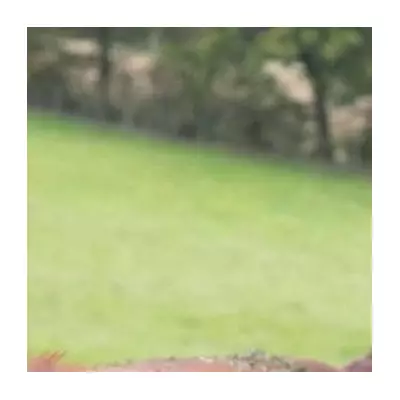
In recent years, doomsday prepping has transformed from a niche hobby into a mainstream phenomenon in Australia. What was once the domain of hardcore survivalists is now attracting everyday Australians, all eager to prepare for potential disasters—whether natural, economic, or societal.
Why Are More Australians Prepping?
The shift towards preparedness isn’t just about paranoia. Experts point to a combination of factors, including increasing climate-related disasters, economic instability, and global political tensions. Bushfires, floods, and the lingering effects of the COVID-19 pandemic have left many feeling vulnerable.
The New Face of Prepping
Gone are the days when prepping was synonymous with underground bunkers and extreme isolation. Today, it’s about practical steps: stockpiling essentials, learning first aid, and even community-based survival networks. Families, professionals, and retirees alike are embracing the movement.
The Business of Survival
The trend has also spawned a booming industry. From high-tech water purifiers to long-lasting food supplies, companies are capitalising on the growing demand for preparedness products. Even mainstream retailers are jumping on board, offering survival kits alongside everyday groceries.
What Does This Say About Society?
Psychologists suggest that the rise of prepping reflects deeper societal anxieties. In an unpredictable world, taking control—even symbolically—can provide a sense of security. Whether it’s climate change, pandemics, or financial crises, Australians are increasingly hedging their bets against uncertainty.
As this trend continues to grow, one thing is clear: doomsday prepping is no longer just for the fringe—it’s becoming a way of life for many.





